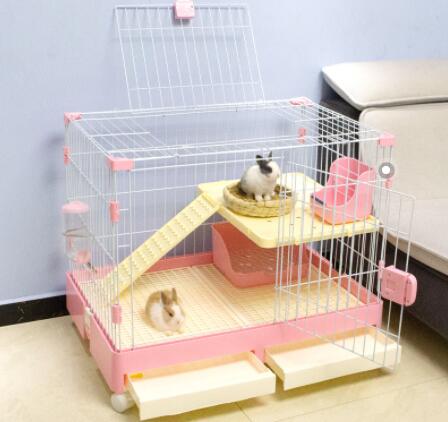Stainless STEEL HAS THE ABILITY to resist ATMOSPHERIC OXIDATION – that is, rust resistance, but also has the ability to resist corrosion in the medium containing acid, alkali, salt – corrosion resistance. However, the corrosion resistance of the steel varies with its chemical composition, additive state, service conditions and environmental media type.
For example, the following circumstances may lead to rust of 304 stainless steel pet cage:
1. The surface of the stainless steel pet cage is deposited with dust or alien metal particles containing other metal elements. In the humid air, the condensed water between the attachment and stainless steel will connect the two into a micro cell, which causes the electrochemical reaction and the protective film is destroyed, which is called electrochemical corrosion. To avoid this situation, as long as the stainless steel surface is clean, you can ensure that the stainless steel pet cage does not rust.
2. If the surface of the stainless steel pet cage is adhered to organic juice (such as melon, vegetable, noodle soup, phlegm, etc.), in the case of water and oxygen, it constitutes organic acids, and the corrosion of organic acids on the metal surface for a long time.
3. The surface adhesion of stainless steel pet cage contains acid, alkali and salt substances (such as alkali and lime water splashing on the decoration wall), which causes local corrosion.
Post time: 25-10-22


















